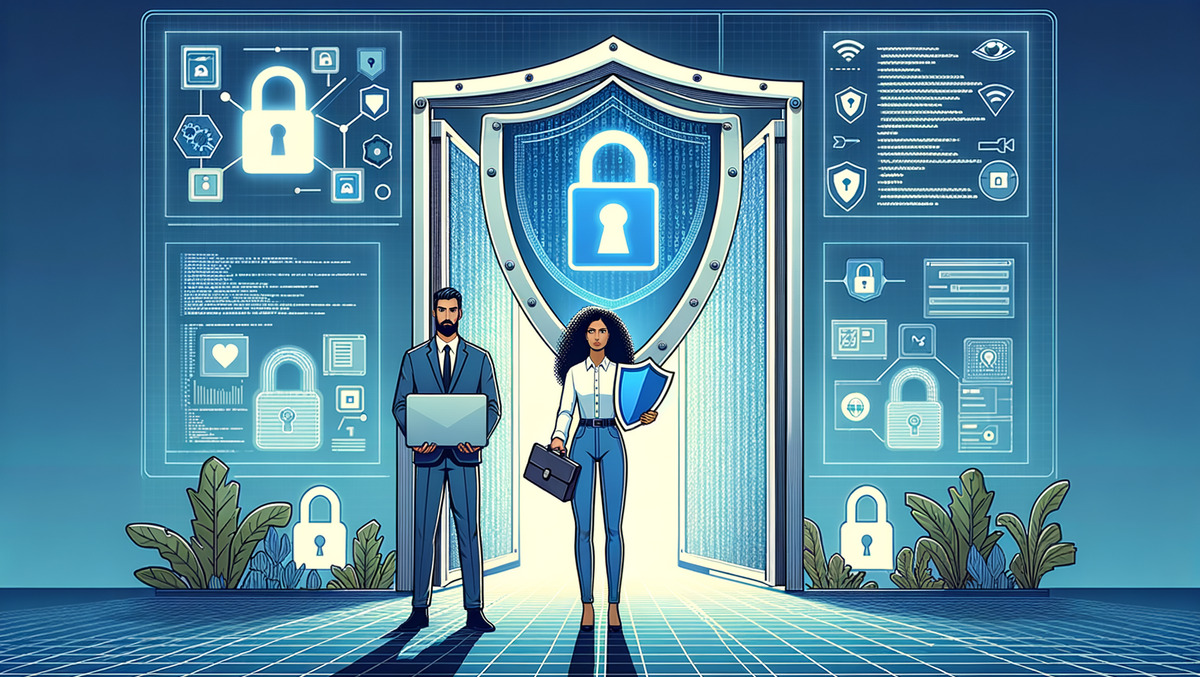Embracing neurodiversity in IT for competitive advantage
Shaping leadership
One of the most important steps for living with neurodiversity is to fully understand how it impacts your life and what coping tools you can use to excel.

Shaping leadership
One of the most important steps for living with neurodiversity is to fully understand how it impacts your life and what coping tools you can use to excel. My career is somewhat atypical in that I’ve had many roles across many industries — the desire for new stimuli is a manifestation of the need to always be moving, contributing, and learning. Even while working at companies for multiple years, I’ve spent time in numerous functions, including application development, infrastructure, support, architecture, project management, and product development.
Getting immersed in a range of roles has allowed me to tap into a broad spectrum of experiences and see the whole picture, ensuring that teams are not left out or brought in late. This directly impacts my leadership style of encouraging larger kickoff meetings that have multiple levels of people from the organization, so everyone can understand the “why.” I find that when a team truly understands the why, and is also empowered to craft the “how,” they are more successful and feel a greater sense of ownership and engagement.
Neurodiversity and organizational success
There has been a noticeable uptick in the number of company-backed programs raising awareness and teaching teams how to be inclusive of those with neurodiversity. At the same time, at least here in the US, mental health and diversity, neuro or otherwise, have seen a massive increase in education for both managers and employees. The reality is that neurodiversity can’t always be seen from the outside, and there’s likely a fair number of people who don’t even realize they are neurodiverse. Perhaps those individuals have never done well in school, or they struggle taking tests, or get impatient quickly; but because they’ve not spoken with a professional, they may not even be aware.
Encouraging employees to explore their own neurodiversity must begin with fostering a culture of acceptance. DEI programs must be open to all variations of diversity, including those who are not neurotypical. It’s not necessary to label everyone and match them to a category. Instead, provide a safe environment where everyone can bring their whole selves to work. Leaders should be trained to listen and appreciate someone with a background different than their own, and to collaborate on processes and manage expectations.
Every engagement survey I’ve seen in the last 30 years has indicated that it is the direct supervisor and their relationship with their team that drives culture, belonging, and success. Pairing emotional intelligence models with a coaching mindset requires us to move past labels and understand the person, often forcing us to better understand ourselves in the process. Those who create a culture of acceptance, where each employee can bring their whole self to work, will win in the race for talent, while simultaneously creating a better organization for the future.
The new corporate reality
In a post-COVID world, so much of what we expected in a professional working environment has changed:











